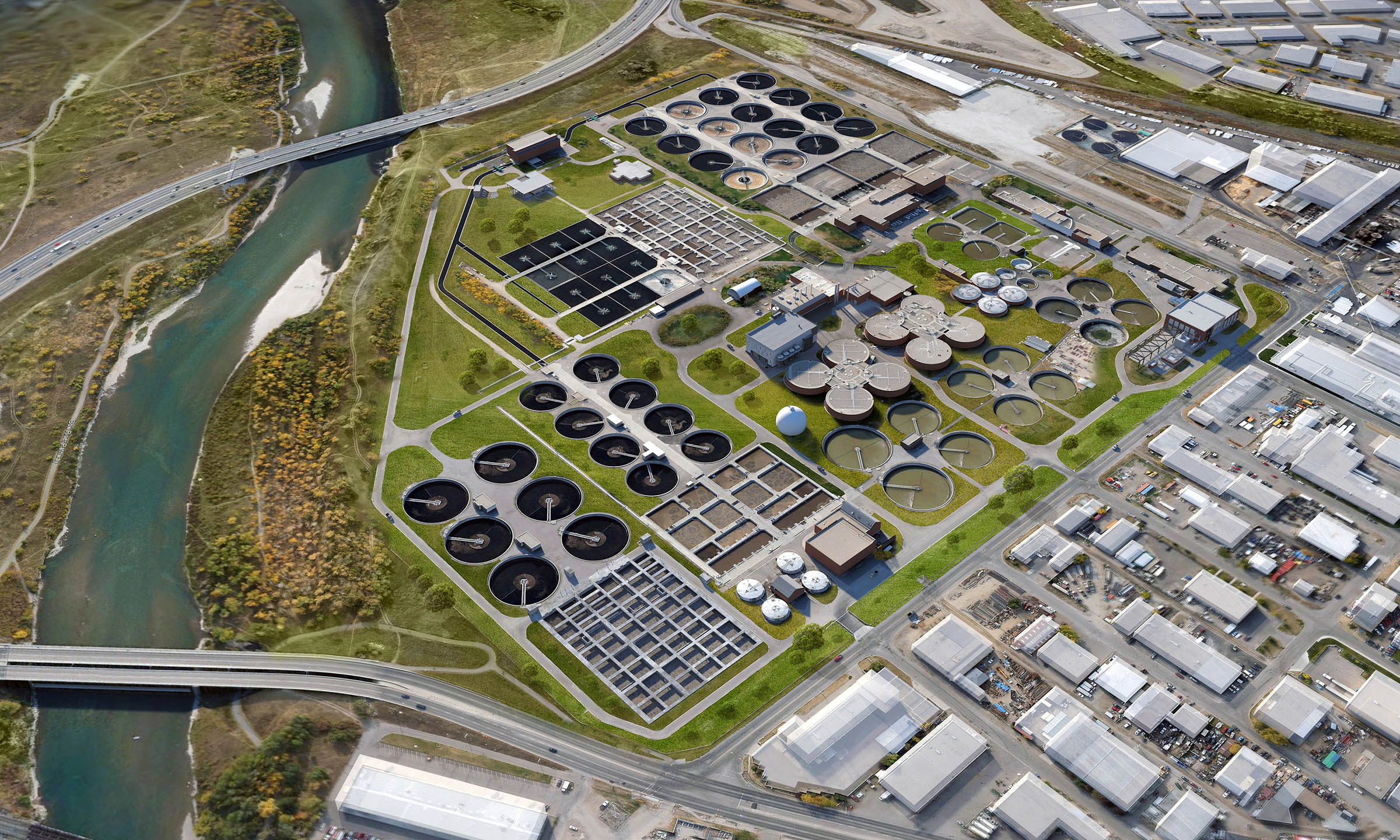Comprehensive Guide to Industrial Waste Water Treatment Procedures
Comprehensive Guide to Industrial Waste Water Treatment Procedures
Blog Article
Strategic Approaches to Boost Drainage Treatment Effectiveness and Minimize Environmental Effect
In the realm of waste water treatment, the pursuit for boosted efficiency and decreased ecological effect is a perpetual challenge that demands strategic services. The integration of sophisticated treatment technologies, energy-efficient processes, resource recuperation methods, boosted nutrient elimination methods, and smart surveillance and control systems represents a multifaceted structure for dealing with these pressing worries.
Advanced Treatment Technologies
Sophisticated membrane layer filtration systems have transformed advanced wastewater therapy processes, considerably enhancing the removal of pollutants. This modern technology has confirmed to be highly reliable in getting rid of a large array of contaminants, including pharmaceuticals, hefty steels, and natural compounds, which are commonly testing to get rid of via standard therapy approaches.
Moreover, membrane layer purification systems supply numerous advantages over traditional therapy strategies. They require less area, generate higher-quality effluent, and are more immune to changes in influent water top quality. Additionally, these systems are very functional and can be quickly incorporated right into existing therapy plants or made use of as standalone systems for decentralized applications. As the demand for tidy water continues to rise, the fostering of sophisticated membrane purification modern technologies is important to make certain efficient and sustainable wastewater therapy methods.
Energy-Efficient Processes
The integration of energy-efficient procedures in wastewater therapy systems is crucial for maximizing resource application and minimizing functional costs. One vital approach to enhancing power performance in wastewater therapy is the application of innovative aeration systems, such as fine bubble diffusers or surface aerators, which can improve oxygen transfer efficiency and decrease energy consumption.
Moreover, enhancing procedure control and automation with the usage of sophisticated sensing units and monitoring systems can enhance overall energy efficiency by adjusting operations in real-time based on actual demand and conditions. Implementing energy audits and on a regular basis monitoring energy performance indicators are essential practices to identify areas for enhancement and track energy-saving campaigns properly. On the whole, the fostering of energy-efficient procedures in wastewater therapy not only benefits the environment but additionally adds to lasting price financial savings and operational sustainability.
Resource Healing Methods
With an emphasis on maximizing source utilization and sustainability in wastewater treatment systems, the application of source recovery methods arises as a pivotal element in boosting operational performance. Source recovery techniques in wastewater treatment involve the identification and extraction of valuable sources from the waste stream, therefore transforming what was once thought about waste right into a beneficial property. By carrying out source healing methods such as nutrient elimination and recovery, energy generation from natural issue, and the production of multiple-use water, wastewater therapy plants can lessen ecological effect while taking full advantage of efficiency.

Boosted Nutrient Elimination Methods
Applying innovative nutrient removal strategies is essential for optimizing the efficiency of wastewater therapy systems. One of the vital strategies used for boosted nutrient removal is the procedure of biological nutrient elimination (BNR), which involves the elimination of nitrogen and phosphorus through organic processes.

In enhancement to BNR, progressed treatment approaches such as membrane layer bioreactors (MBRs) and built marshes can likewise be used to improve nutrient elimination performance. By integrating these innovative nutrient removal methods right into wastewater treatment markets, communities and systems can effectively reduce nutrient air pollution and protect the atmosphere.
Smart Surveillance and Control Equipment
Utilizing sophisticated technology, the integration of smart tracking and control systems transforms the operational performance of wastewater therapy facilities. These systems incorporate innovative sensing units and data analytics to continually keep an eye on vital specifications such as pH visit our website levels, turbidity, dissolved oxygen, and flow prices in real-time. By accumulating and analyzing this information, operators can acquire important understandings into the performance of the therapy processes, enabling positive modifications to optimize therapy performance.
Smart surveillance and control systems likewise support remote tracking abilities, permitting drivers to accessibility real-time information and control functions from off-site areas. This remote accessibility boosts operational versatility and responsiveness, enabling quick treatments in case of system malfunctions or variations in influent quality. The anticipating upkeep capabilities of these systems assist protect against equipment failures and lessen downtime, inevitably improving the general integrity of wastewater treatment procedures.
Verdict
To conclude, tactical strategies such as advanced therapy technologies, energy-efficient procedures, resource recuperation techniques, enhanced nutrient removal techniques, and wise tracking and control systems play a critical function in boosting wastewater therapy efficiency and lessening ecological impact. By implementing these methods, wastewater therapy plants can boost their total performance, minimize Find Out More power consumption, recover important sources, and ensure compliance with ecological laws. These methods are crucial for effective and lasting wastewater monitoring practices.

In final thought, calculated techniques such as sophisticated treatment modern technologies, energy-efficient procedures, resource healing strategies, boosted nutrient removal strategies, and smart surveillance and control systems play a crucial function in boosting wastewater treatment effectiveness and blog decreasing environmental effect.
Report this page